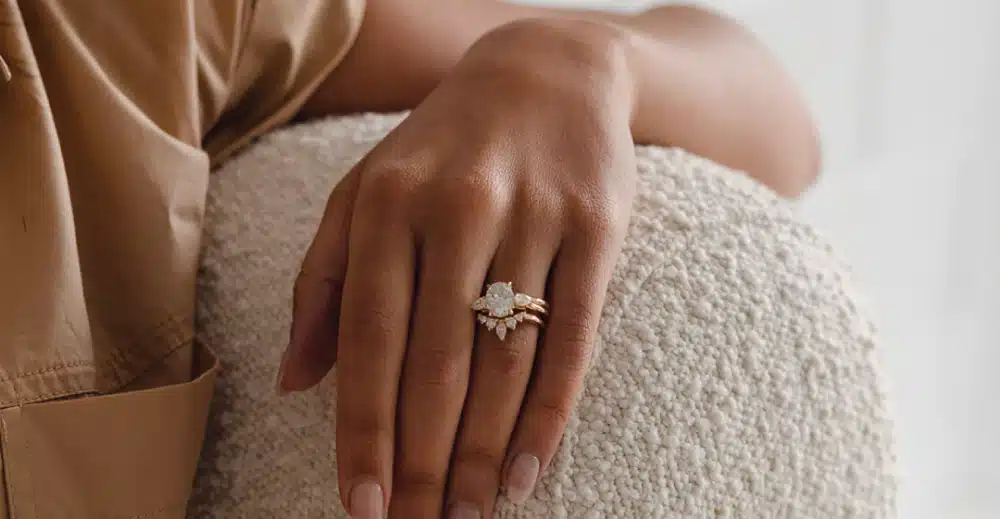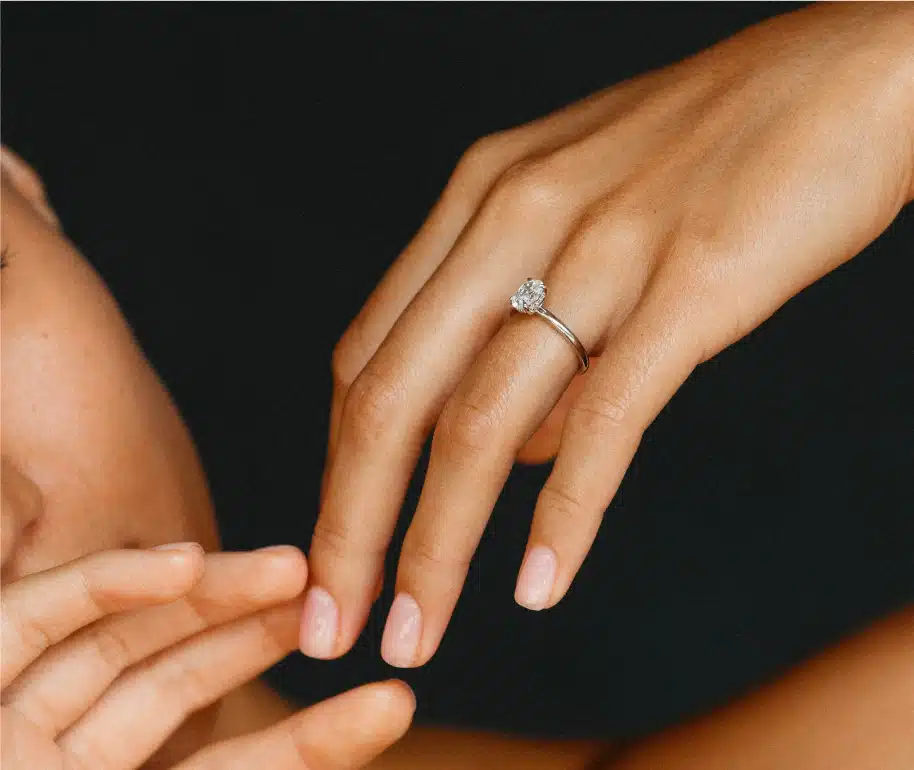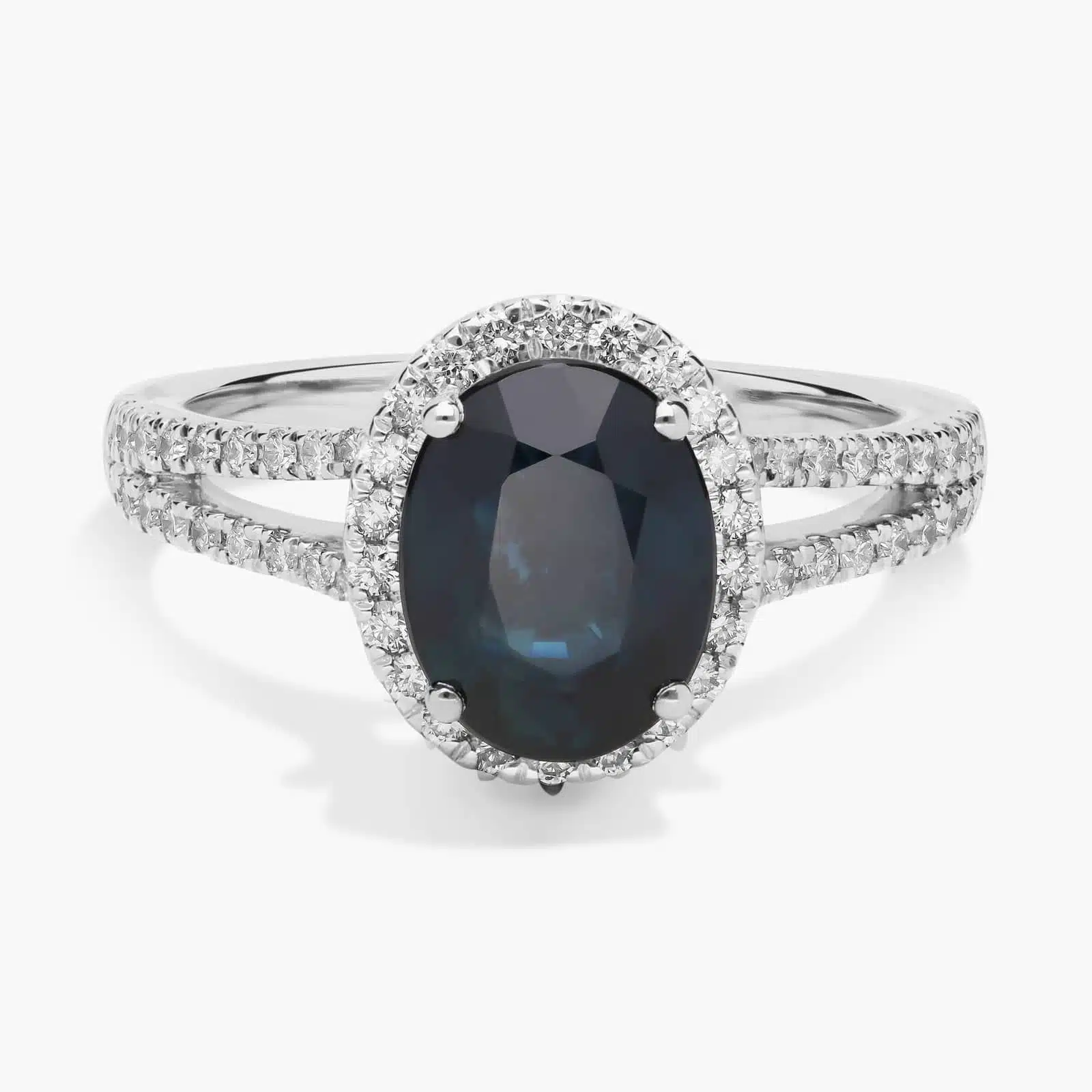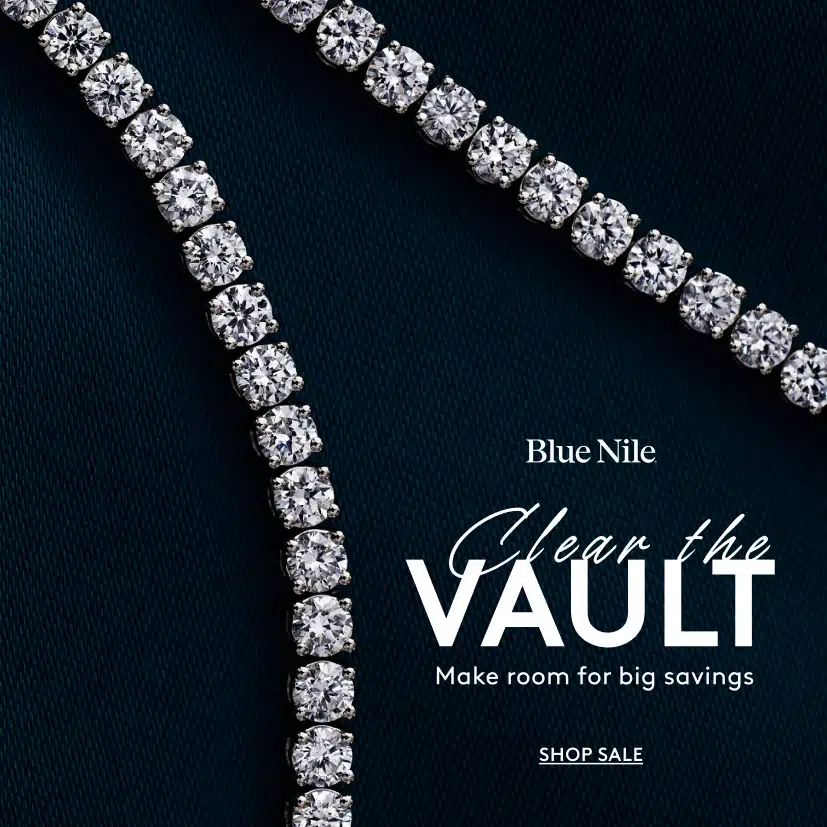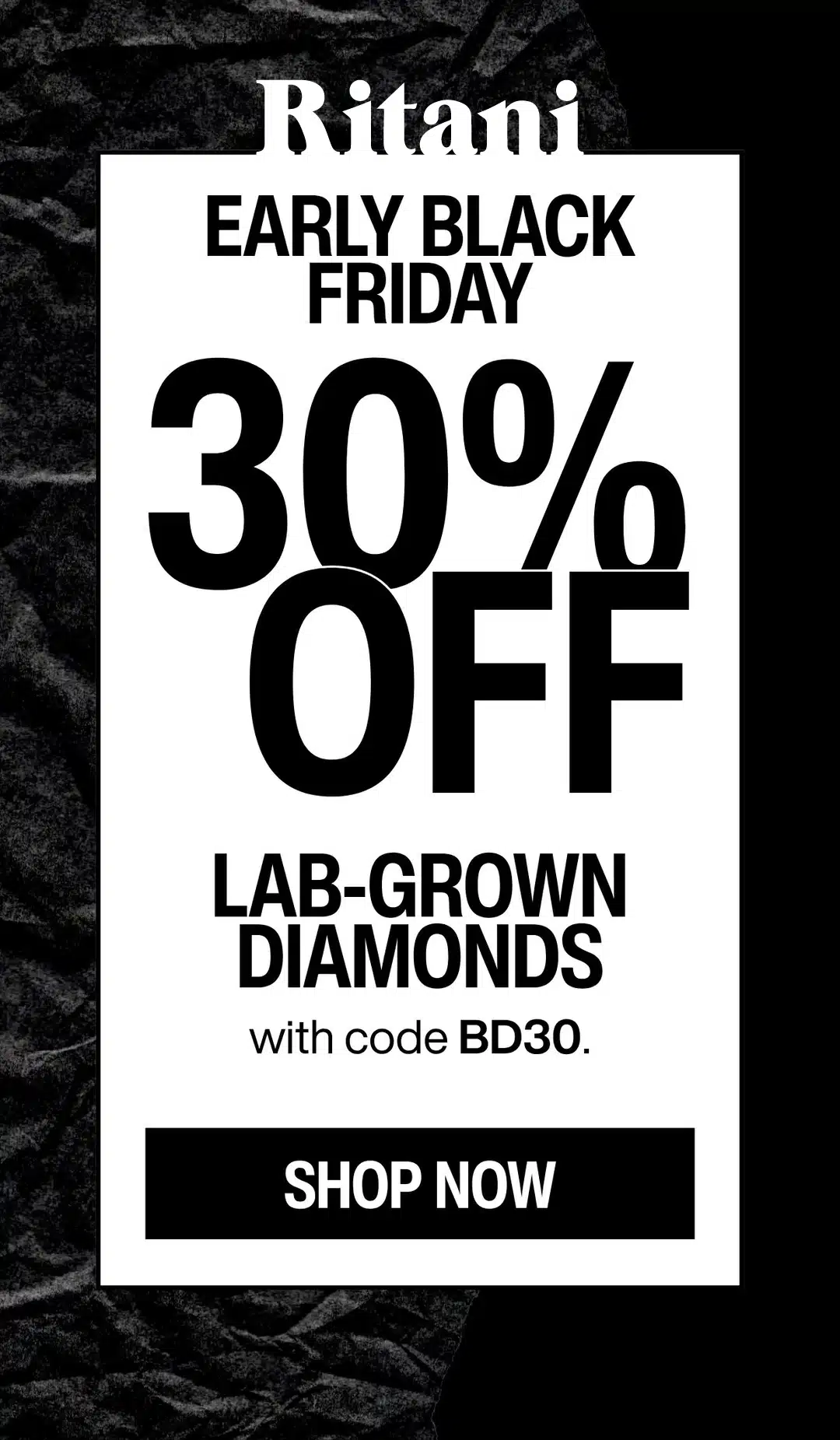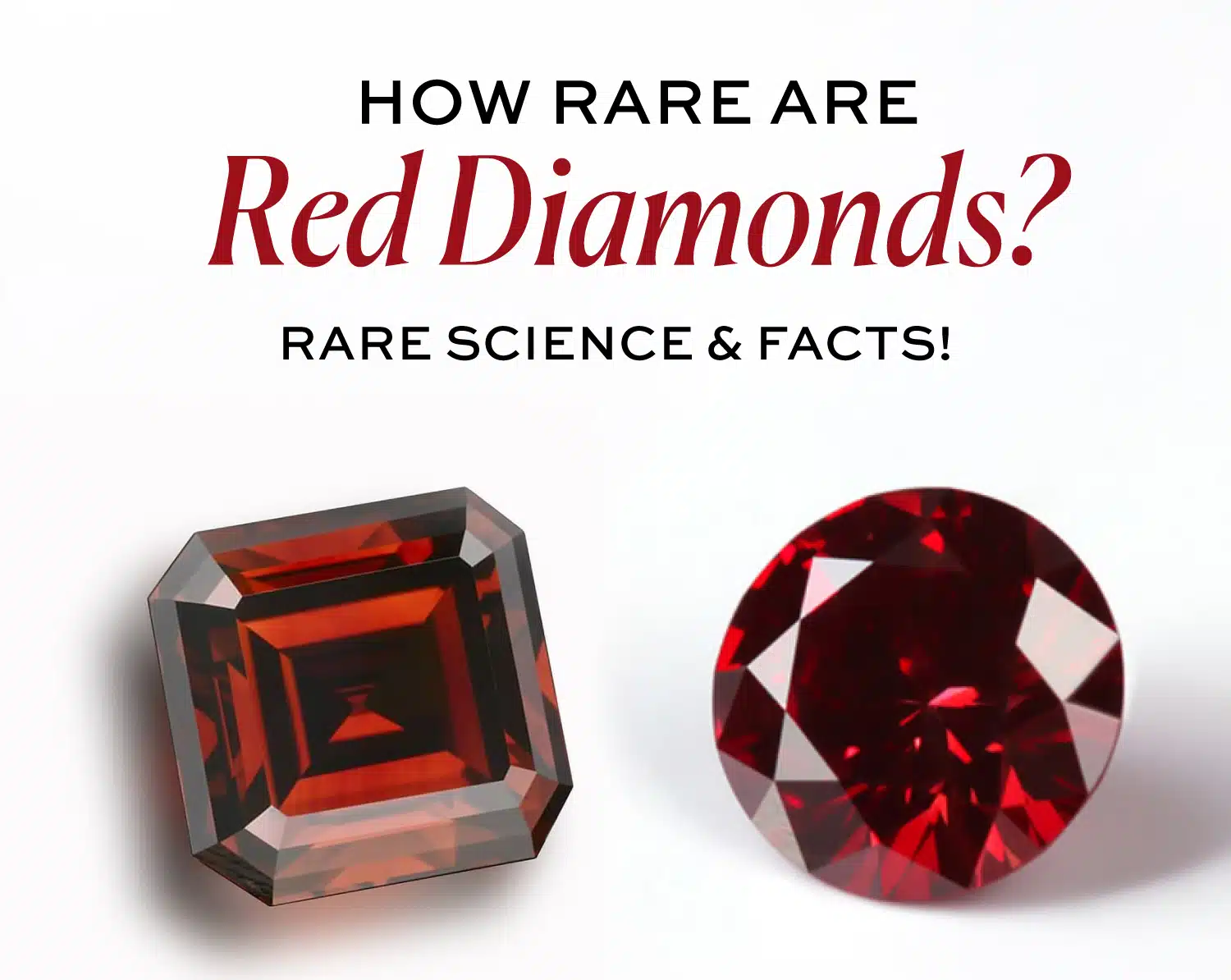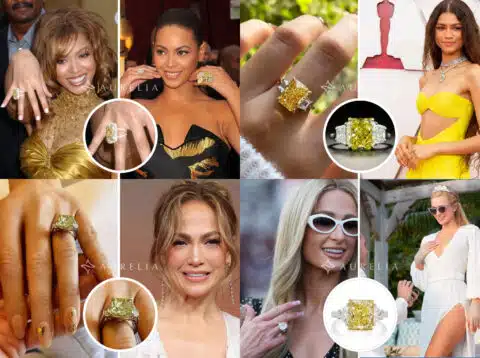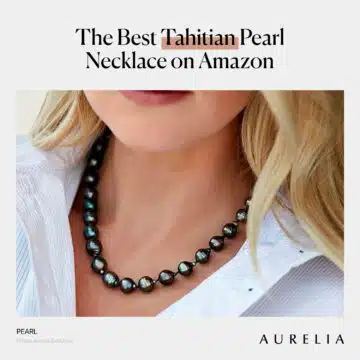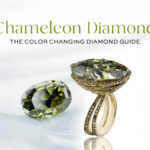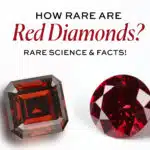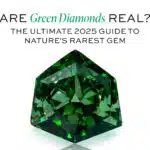Red diamonds are the rarest of all colored diamonds, so exceptionally scarce that fewer than 30 true gem-quality examples are known to exist. Their value, averaging over $1 million per carat, comes from their unique origin—not an impurity, but a rare distortion in the diamond’s atomic structure.
Forget everything you think you know about “rare.” In my world, the natural red diamond is a myth made real. It is a gemstone so rare that most seasoned gemologists, myself included, will never hold a significant one in our entire careers. We are talking about a stone that is statistically, by all rights, impossible. It is the undisputed king of all gems, the ultimate treasure, and the most concentrated form of wealth on the planet.
That is why I have written this guide. This is the most comprehensive resource on the red diamond that has ever been assembled. Together, we are going to journey deep into the Earth’s core to understand the violent, beautiful secret of how are red diamonds formed.
Deal Alert: Elevate your design. Get up to 30% OFF engagement ring settings at Blue Nile !
One In A Lifetime Sale: “Clear The Vault” – Get up to 70% OFF on select jewelry at Blue Nile !
| Pro Tip: See every detail with 360° HD videos available at James Allen .
We will uncover the stories of legendary stones like the Moussaieff Red. I will pull back the curtain on the staggering, real 2025 market prices for both the priceless natural red diamond and the game-changing red lab grown diamond.
By the time you are done here, I promise that every single question you could possibly have about nature’s most valuable treasure will be answered. Let’s enter the world of the impossible gem.
Diamond IQ Test: Natural or Lab-Grown?
Two identical diamonds: GIA Certified, 1.51ct, D Color, VVS1, Ideal Cut. One is natural ($16,530), the other is lab-grown ($2,390). Choose the diamond you like better and see if you can match it to its origin.
What is a Red Diamond? The Science of a Geological Anomaly
When a client asks me “what is a red diamond?”, the answer always starts with a bit of a shock. It is the only fancy colored diamond whose color comes from, quite literally, nothing. This isn’t just a gemstone; it’s a geological ghost story, a story of pure carbon changed by an almost impossible event.
The Science of Red: A Diamond Born from Trauma
Here’s what blows everyone’s mind: what ingredient makes a diamond red? It’s nothing.
Unlike a Blue Diamond that gets its stunning color from the element boron, or a vibrant Yellow Diamond that is colored by nitrogen, a diamond red color is born from pure carbon. So, where does the color come from?
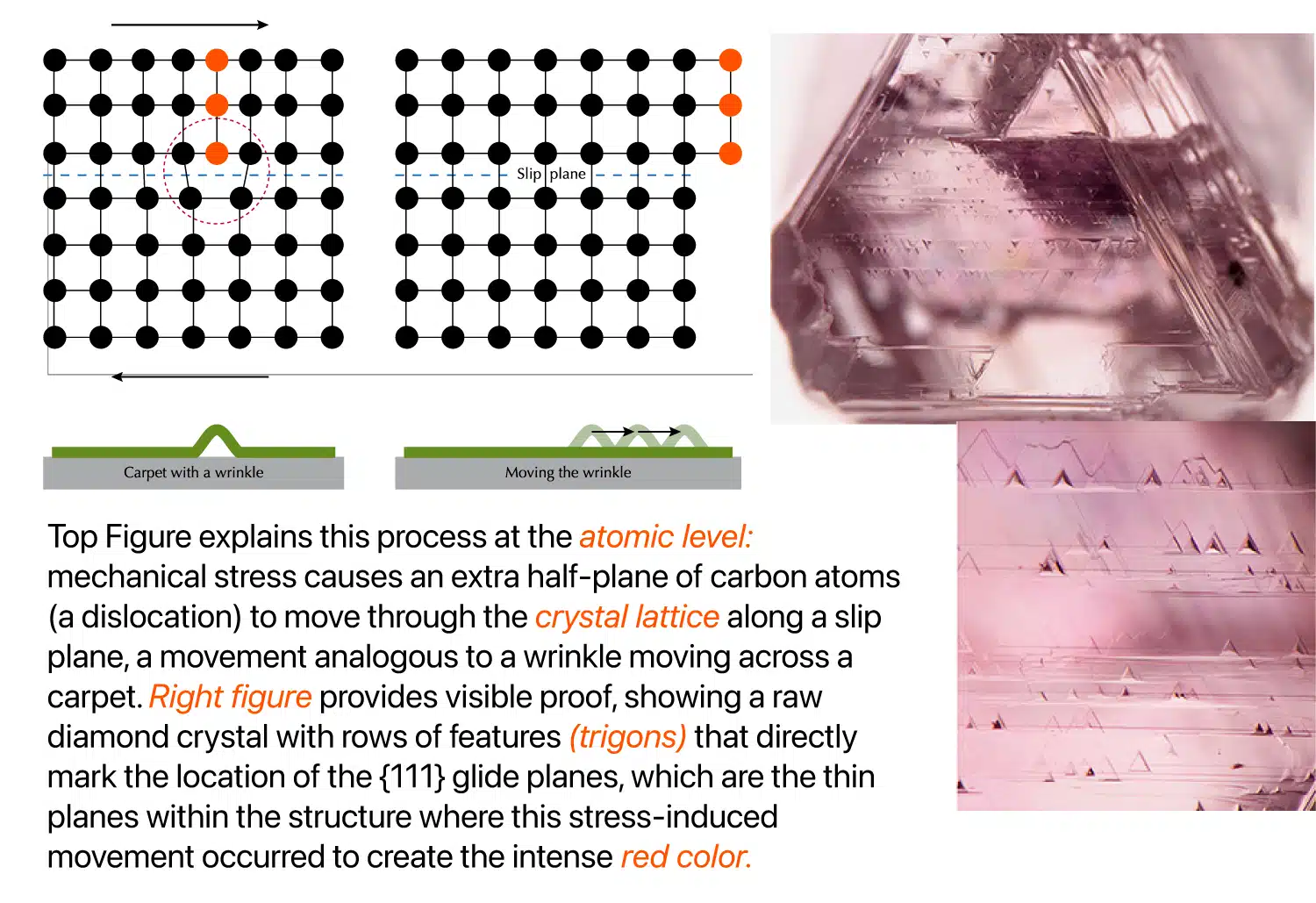
It comes from an extreme, violent event deep within the Earth—a process called plastic deformation. As the diamond was forming, the pressure and heat were so unbelievably intense and came from so many directions at once that it twisted the diamond’s internal crystal lattice.
This atomic-level strain altered the very path light could travel through it, forcing the diamond to absorb every color of the spectrum except one, which it reflects back to our eyes: that impossible, breathtaking fancy red.
It is an amplified, super-rare, and much more violent version of the same pressure-induced process that creates the beautiful color in a Pink Diamond. It’s not a gem born of chemistry; it’s a gem born of trauma.
The 2025 Tech Angle: We are now on the bleeding edge of understanding this. Scientists are using new AI-driven spectroscopy, a technology called “deformation mapping,” to analyze geological data and predict where these incredibly high-pressure zones might have existed, potentially guiding future exploration. It’s a controversial new science, but it shows how the mystery of the red diamond is pushing technology forward.
Red Diamond vs. Ruby: The Ultimate Red Gemstone Showdown
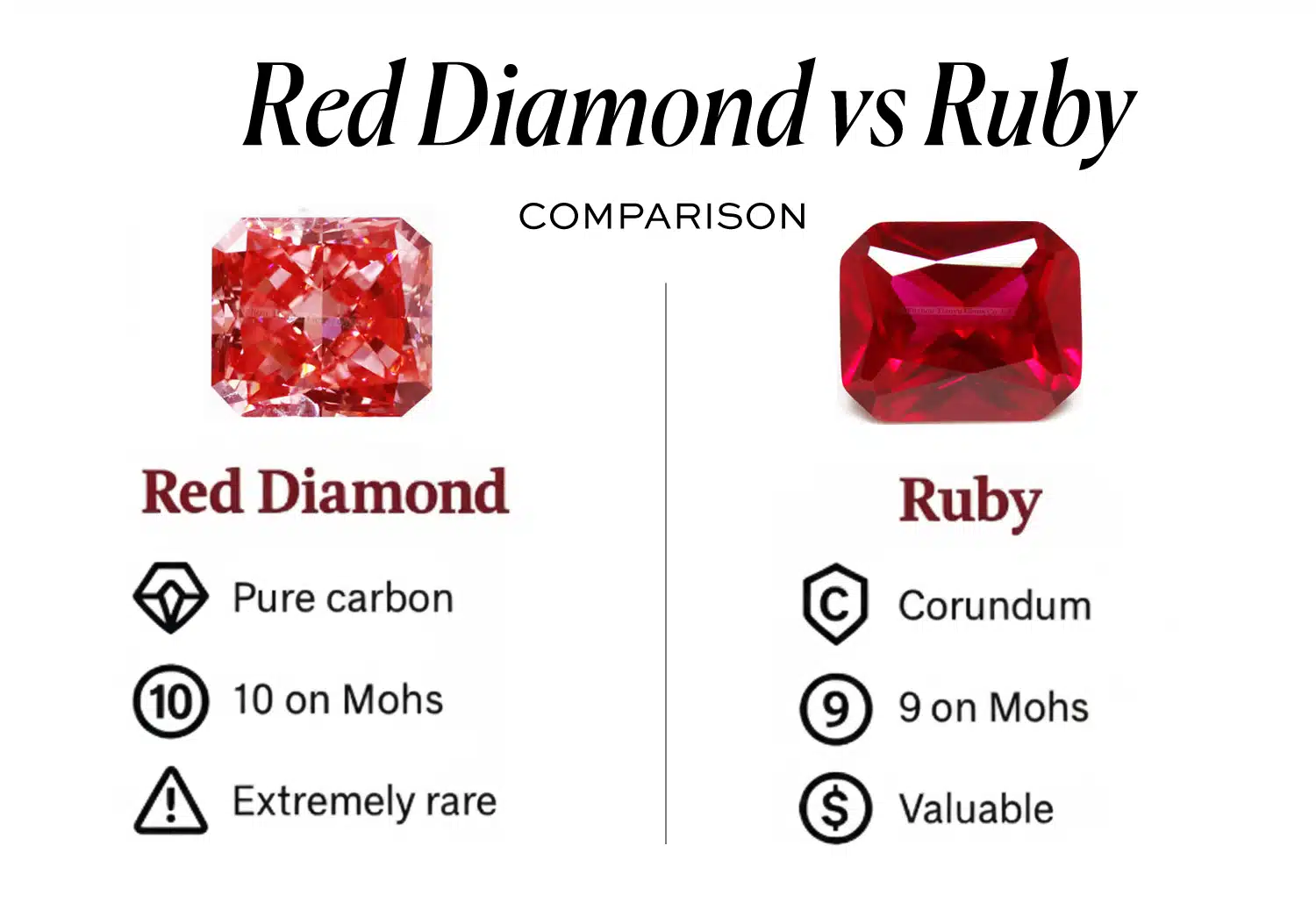
This is the question I get all the time: “It’s a red stone, isn’t it just like a ruby?” My answer is always a respectful but firm “absolutely not.” While they may share a color, they are in completely different universes. One is a noble, beautiful gemstone. The other is the undisputed king of all gems on Earth.
Let’s look at the tale of the tape. This is the definitive breakdown.
| Feature | Red Diamond (The King) | Ruby (The Noble) |
| Composition | Pure Carbon | Corundum (Aluminum Oxide) |
| Hardness (Mohs) | 10 (The hardest substance on Earth) | 9 (Extremely durable) |
| Rarity | The rarest gem on Earth | At least 200 times more common than a red diamond |
| Price (per carat) | $1 Million+ | $10,000 – $100,000+ for top gems |
| Brilliance | Explosive, fiery sparkle | Deep, glowing “silky” luster |
My Expert Take: “Don’t just glance at that table—really let the rarity sink in. You could own 200 of the finest, most perfect rubies in the world for every one true red diamond gem. Their value is a direct reflection of this almost unbelievable scarcity. The price difference between a ruby and other colored gems is a topic we explore further in our Gemstone Price Guides.”
The Core Question: Just How Rare Are Red Diamonds?
We’ve entered a level of rarity that is difficult to describe without sounding like I’m exaggerating. I am not. In the world of gemstones, there is rare, there is ultra-rare, and then, in a category all by itself, there is the natural red diamond. It is not just a gemstone; it’s a geological ghost, an almost-impossibility.
How Many Red Diamonds Are There in the World?
Let me state the shocking, brutal, and honest truth directly. There are fewer than 30 gem-quality, natural red diamonds over half a carat confirmed to exist in the entire world.
Let that sink in for a moment.
- More people have walked on the moon (12).
- There are more original Da Vinci paintings in existence.
This immediately answers the question of why are red diamonds so rare: because the violent, perfect storm of conditions required for their formation—that ‘plastic deformation’ we talked about—is a one-in-a-billion geological miracle.
For every one time the Earth’s pressure created that perfect red, there were millions of times it failed, creating a lesser stone or destroying the crystal entirely. The immense journey a diamond takes, which we explore in At What Depth is Diamond Found?, is even more treacherous for these impossible gems.
The Argyle Effect: When the World’s Only Source Vanished
If that mind-boggling scarcity wasn’t enough, the story gets even more dramatic. For the past four decades, the vast majority of the world’s most spectacular colored diamonds, especially the finest Pink Diamonds and virtually all of its rare reds, came from one single, miraculous source: the Argyle Mine in Australia.
The Argyle mine was a geological treasure chest unlike any other. And in November 2020, it permanently closed.
This was not a slowdown or a pause. This was the end of an era. The vault that held the world’s most precious treasures was sealed forever. The primary source for new natural red diamonds being unearthed each year has now vanished, making every single existing stone an even more finite, precious, and irreplaceable artifact.
My Expert Take: “The Argyle closure transformed every existing red diamond gem from a ‘rare stone’ into a ‘historical asset.’ The known supply is now finite. This event fundamentally changed the value and legacy of these diamonds forever, a concept central to how we approach a gem’s ultimate value, which I explain in my guide to the Definition of Appraisal for a Diamond Ring.”
The red diamond now sits firmly atop the pyramid of preciousness. To see exactly where it fits in the hierarchy of all the other incredible fancy colors—from the sunny Yellow Diamond to the icy Blue Diamond—you must read my definitive guide: The Fancy Color Diamond Rarity Report.
Best Deal Of The Year – Final Days
Blue Nile’s “Clear The Vault” is ON.
Shop Fine Jewelry Upto 70% OFF.
*Exclusions may apply. See Blue Nile for complete details.
The Legends: The Famous Red Diamonds That Define Rarity
A gem’s true rarity is proven by the legends that define it. For the natural red diamond, these are not just stones; they are historical artifacts, each with a story that underscores just how impossible this color truly is. These are the titans of the gem world, the icons against which all others are measured.
The Moussaieff Red: The Undisputed King
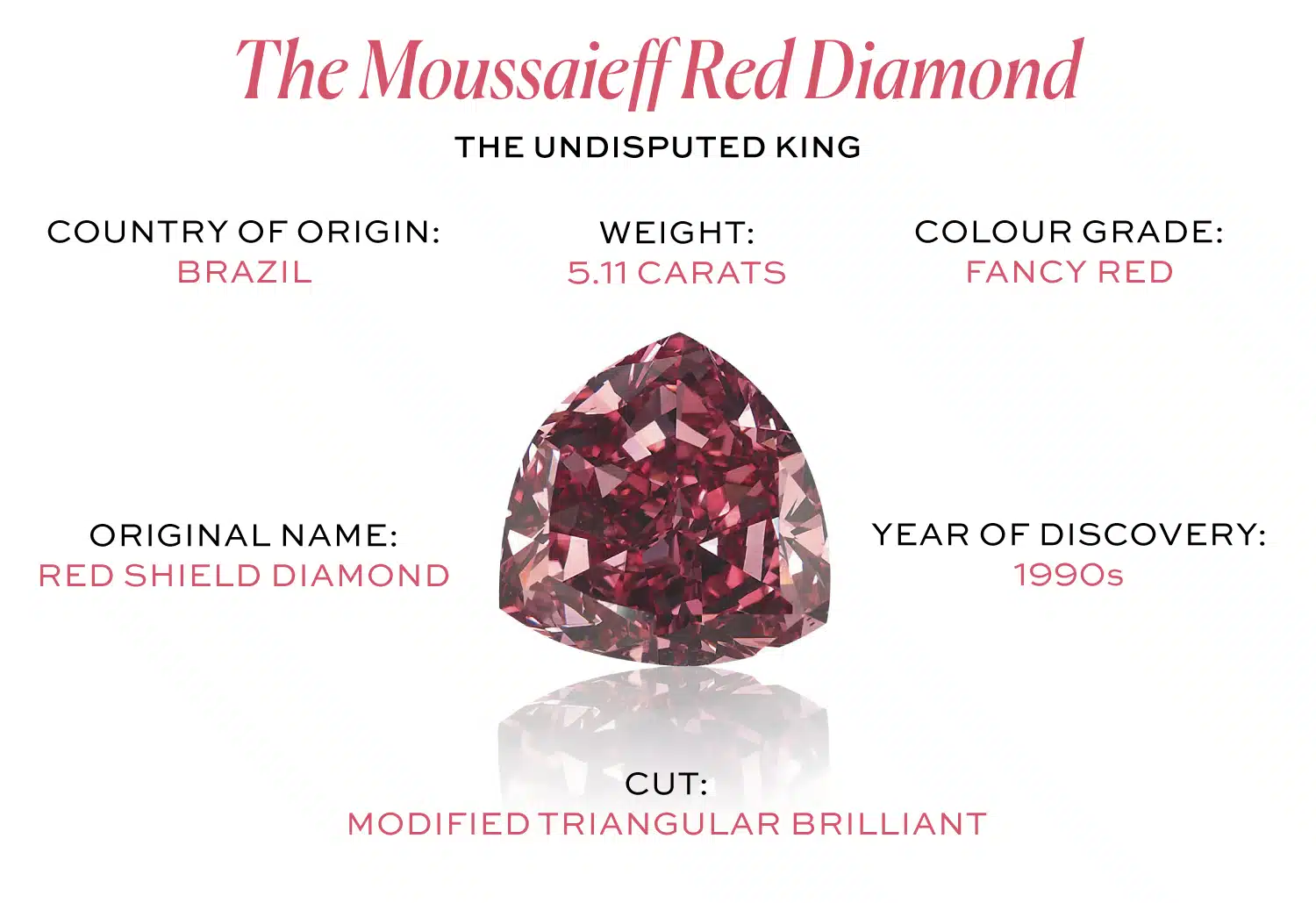
If the world of red diamonds has a reigning monarch, this is it. The Moussaieff Red is, to this day, the largest known Fancy Red diamond in the world.
Its story is the stuff of legend. Discovered by a Brazilian farmer in the 1990s as a 13.90-carat rough crystal, it was acquired by the famed diamond cutter William Goldberg. He undertook the nerve-wracking task of polishing it, ultimately yielding a magnificent 5.11-carat triangular brilliant cut, also known as a trilliant. Its estimated value today is well over $20 million.
My Expert Take: “The decision to cut this stone was a multi-million dollar gamble. For a cutter, the goal with a red diamond rough is completely different than with a colorless one. It’s not about brilliance, but about preserving every last point of that impossible red color.
This stone is the ultimate benchmark against which every other red diamond is judged.”The artistry involved in a cut like this is a world away from the precision required for a performance-focused cut like those we celebrate in our Hearts and Arrows Diamonds guide.
The Hancock Red: The Game-Changing Record-Setter

The story of the Hancock Red is the moment the red diamond price became legendary. This was the shot heard ’round the gem world. In 1987, this tiny 0.95-carat purplish-red diamond went to auction at Christie’s. For context, its owner had reportedly paid just $13,500 for it in 1956.
It sold for $880,000.
That figure, an astronomical $926,000 per carat, was a world record at the time. It was the first time the public truly understood the immense value concentrated in this mythical color. This diamond single-handedly proved that for fancy colored diamonds, rarity and color trump size every single time.
Its incredible appreciation in value is a masterclass in how rare assets perform over time, a concept we explore in our guide on How Much a Diamond Can Be Sold For.
The Other Titans: The Kazanjian & DeYoung Reds
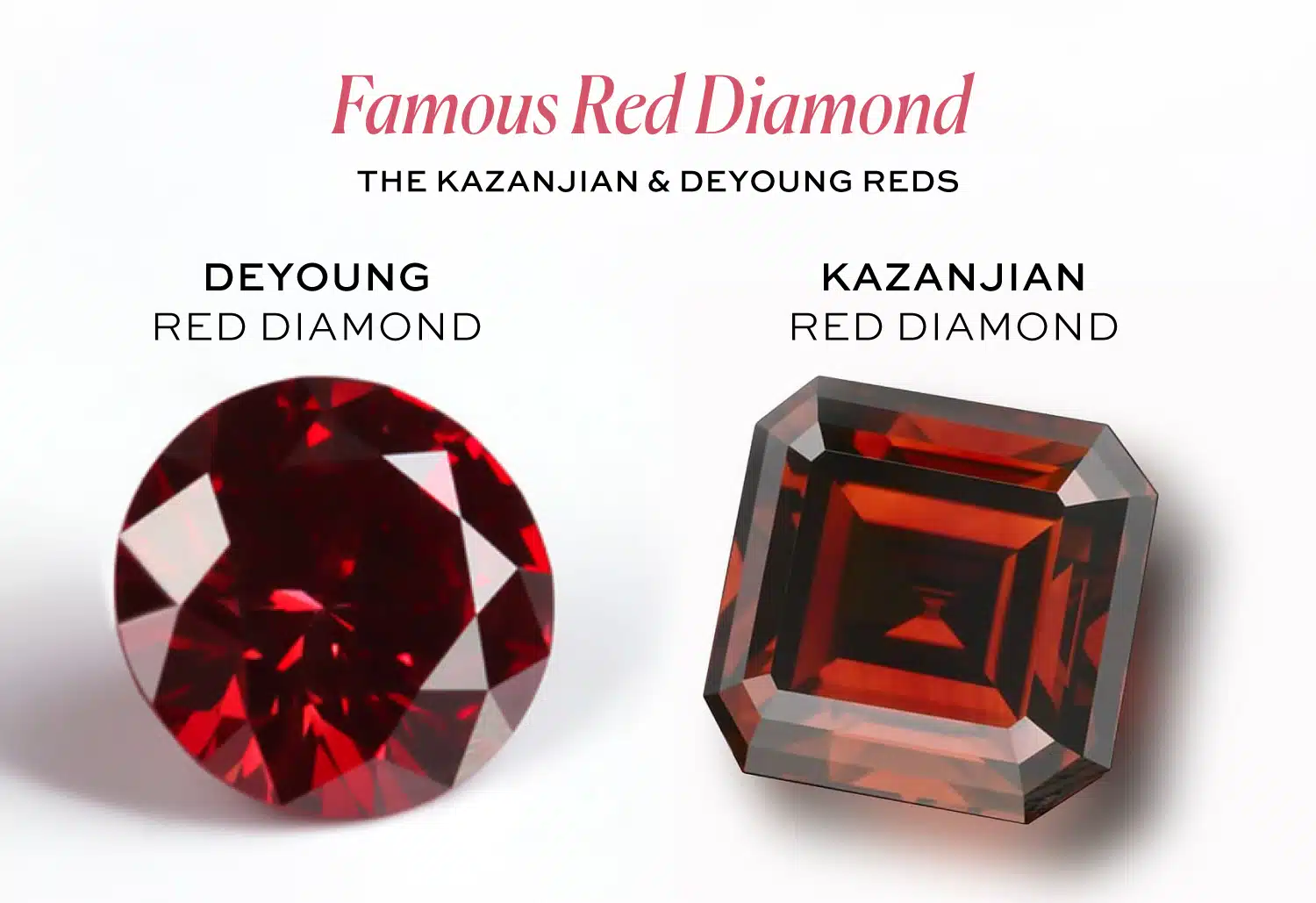
To fully grasp how exclusive this club is, you need to know the names of the other members. The Kazanjian Red Diamond, at 5.05 carats, and the DeYoung Red, at 5.03 carats, are the only other two known red diamonds over the 5-carat mark.
The DeYoung Red is now a public treasure, residing at the Smithsonian Museum for all to see. The fact that we can name every single one of these large red diamond titans on one hand proves their mind-boggling scarcity.
They are in a category of rarity so extreme, they share more in common with the almost mythical Purple Diamond than with any other gem.
The Newcomer: The Winston Red (The 2025 Smithsonian Debut)
The story of the red diamond isn’t just history; it’s still being written. To prove just how current and alive this market is, in April 2025, the Smithsonian announced the acquisition of a new treasure: the Winston Red.
At 2.33 carats, this magnificent fancy red diamond is one of the largest and finest examples known. Its debut on public display brought a fresh wave of excitement and media attention to these incredible gems, educating a new generation about their rarity.
Its presence at America’s most famous museum adds another layer of verification and prestige to the entire category, underscoring the importance of public trust and authentication—a concept that is at the very heart of why I advocate for the rigorous standards explained in my guide, What Does GIA Certified Mean?.
Celebrity Inspiration: The Ultimate Status Symbol
So, where are all the celebrity red diamond engagement rings? This is the fascinating part: they barely exist. While stars drip in every other color, a true red diamond is often beyond even their reach. It is the ultimate status symbol precisely because it is so rarely seen.
While we’ve detailed the incredible celebrity collections in our guide to Iconic Yellow Diamond Engagement Rings, red diamonds are different. You will see stars like Zendaya or Rihanna wearing jewelry with red diamond accents, but almost never a large red diamond ring as the centerpiece.
To own one is to enter a level of collecting that surpasses celebrity and enters the realm of billionaires and royal families. Its absence on the red carpet speaks louder than its presence ever could.
The 2025 Red Diamond Price Guide: The Two Realities of Cost
When you ask a question like, “how much is a red diamond?” or “what is a red diamond worth?” the answer in 2025 is a tale of two completely separate, parallel universes. One is the world of natural, investment-grade assets—a world of astonishing wealth, rarity, and historical significance.
The other is the brilliant, accessible reality of the modern lab-grown marvel—a world of technology and breathtaking value.
As your trusted guide, my job is to make you an expert in both. Let’s pull back the curtain on the real-world numbers.
Reality #1: The Natural Red Diamond Market – The Realm of “Priceless”
This isn’t a jewelry market; this is a fine art and hard asset market. A natural red diamond is not treated as a piece of jewelry but as a historical artifact, a geological miracle that has its own unique financial ecosystem.
Based on the very latest 2025 market data, while the broader fancy-color diamond market saw a tiny, almost negligible dip of -0.3% in Q1 due to global economic shifts, the demand for pinnacle assets like Fancy Red diamonds remains incredibly strong. Their prices are not just resilient; they are appreciating.
This is proven by the recent record-setting auction of a 2.09-carat red diamond for $5.09 million. While this specific sale was exceptional, the average red diamond price per carat for a pure, high-quality stone remains firmly at $1 million+.
“Let me be brutally honest. Looking for a natural red diamond for sale is like hunting for a ghost. These stones don’t just sit in a regular inventory, even at the world’s top jewelers. Their appearance on the open market is a major event. The fact that we can find any at all is a testament to the global reach of retailers like James Allen and Blue Nile.”
Let’s look at the actual inventory as of late 2025 to see what this rarity looks like in real numbers:
The Blue Nile Specimen
Across their entire global inventory, Blue Nile has exactly one diamond with red as its primary color: a spectacular GIA 0.30 Carat Fancy Purplish Red-SI2 Princess Cut Diamond. The price is $278,450.
My Analysis: Do the math: that is $928,166 per carat for a stone that weighs less than a third of a carat. The “Purplish” secondary hue is the most desirable modifier for a red diamond, adding to its beauty and value. The SI2 clarity is perfectly acceptable here; the color is the only story that matters.
The James Allen Specimen
Similarly, a search at James Allen reveals just a single pure red stone: a GIA 0.28 Carat Fancy Red-I1 Princess Cut Diamond for $165,990.
My Analysis: The key detail here is the I1 clarity. In my guide to I1 Clarity Diamonds, I tell you to avoid them for almost any other purchase. But for a fancy red diamond, the rules are completely rewritten. The color is so impossibly rare that a lower clarity grade is not just accepted; it is often the norm. You are not buying a flawless stone; you are buying an impossible color.
This is the reality of the price of a red diamond. It is a world where carat weight and clarity are secondary to the mind-boggling rarity of the hue. Its value can only be confirmed by a top-tier lab, a lesson central to my guide, What Are the Best Diamond Certifications?.
Reality #2: The Lab-Grown Red Diamond Revolution – The Attainable Masterpiece
Now, take a deep breath, because we are about to leap into a completely different universe. The second reality is the one made possible by science. A red lab grown diamond is a 100% real diamond, but it’s created in a lab that has perfected the conditions to produce this impossible color.
Because it’s a product of technology, not geological scarcity, it allows us to experience this mythical color for ourselves. The value proposition here is simply mind-blowing.
The number of available options and their prices are simply staggering when compared to the natural world.
The Unbelievable Entry Point
Let’s start with a beautiful stone from Blue Nile: an IGI 0.97 Carat Fancy Vivid Red-VS2 Cushion Modified Cut Lab-Grown Diamond is available for just $690. You can own a piece of this mythical color, at a respectable size, for less than a nice dinner out.
The One-Carat Sweet Spot
For what is often the “holy grail” size, a 1 carat red diamond, the value is just as incredible. Blue Nile offers an IGI 1.05 Carat Fancy Vivid Red-VS1 Pear Shaped Lab-Grown Diamond for only $1,440. This is a top-tier color grade, in a beautiful shape, with an excellent clarity grade (which you can learn more about in my VS1 Clarity Guide), for less than 0.1% of the price of a natural stone.
The Statement-Making Showstoppers
Here is where the lab-grown reality becomes a dream. You can acquire sizes that, if they were natural, would be among the most famous named diamonds in the world.
- From James Allen, you can get a spectacular IGI 6.11 Carat Fancy Vivid Red-VS1 Oval Cut Lab-Grown Diamond for only $8,710.
- Want to go even bigger? A mind-boggling IGI 11.96 Carat Fancy Red-VVS2 Emerald Cut Lab-Grown Diamond is available for $15,950. A nearly 12-carat red diamond—it’s an A-list, museum-level look that modern science has made a reality. The process to create such stones is a marvel, which I cover in my guide to the Types of Lab-Grown Diamonds.
My Expert Advice: “You must go into this purchase with your eyes wide open. Data shows that lab-grown diamonds have little to no long-term resale value. You are not buying an asset. You are buying the breathtaking beauty of an impossible color. If you are in love with the look and the incredible value, it is one of the smartest, most beautiful purchases you will ever make.”
The Bottom Line: Price Comparison at a Glance
| Feature | Natural Red Diamond (1 Carat) | Lab-Grown Red Diamond (1 Carat) |
| Approx. Price | $1 Million – $2 Million+ | $1,500 – $3,000 |
| What You’re Paying For | Geological Rarity & Historical Asset Value | Technological Beauty & Accessible Luxury |
| Availability | Next to Impossible | Readily Available Online |
| Investment | Yes, a hard asset. | No, a beautiful consumer good. |
How to Buy a Red Diamond (Or Get the Red Diamond Look)
You’re inspired by the legends, you understand the impossible rarity, and you’re captivated by the color. Now comes the most important part: how do you actually acquire a piece of this magic? This is where my job as your expert guide gets very serious.
Buying a red diamond engagement ring is unlike any other purchase in the world. The rules are different, the stakes are higher, and knowledge is your only shield.
Understanding Red Diamond Color: One Level of Intensity
First, we need to talk about color grading, because for red diamonds, it’s unique. While other fancy colors have a whole range of intensities (Fancy Light, Fancy, Fancy Intense, etc.), red is a world unto itself.
The GIA has only one intensity grade for a red diamond: “Fancy Red.”
That’s it. There is no “Fancy Light Red” or “Fancy Intense Red.” Why? Because a “light red” is simply a Pink Diamond. The red designation is reserved for stones that have achieved a level of color saturation so deep and so pure that they cross a mythical threshold.
Because a pure, unmodified fancy red diamond is the rarest thing on earth, most red diamonds you encounter will have a secondary color modifier, which dramatically affects their look, personality, and price.
Purplish Red
This is the most desirable and often most beautiful secondary hue. It adds a layer of depth and a royal, majestic quality to the red. That incredible GIA 0.30 Carat Fancy Purplish Red from Blue Nile is a perfect example of this top-tier, collectible combination.
Brownish Red / Orangey Red
These hues are considered less desirable. A brownish modifier will create a “brick red” or “garnet-like” color, while an orangey one can look a bit like a “burnt orange.” While still incredibly rare, these stones will be valued significantly lower than a pure or purplish red.
The difference in value a secondary color makes is a lesson we see across all fancy colors, which I detail in my guide to the Natural Orange Diamond.
The Best Cut & Shape for a Red Diamond
If you’ve studied the 4Cs, you know that Cut is usually about maximizing a diamond’s brilliance. For a red diamond, I need you to forget all of that.
Mehedi’s Expert Take: “With a red diamond, the cutter’s job is an act of preservation, not performance. Their #1, #2, and #3 goals are to preserve precious carat weight and, above all, maximize the color saturation.
They will make every decision to trap light within the stone, forcing it to absorb as much of the spectrum as possible to radiate that pure red. They will sacrifice traditional sparkle, spread, and almost everything else to achieve the deepest possible red.”
This is why you almost never see a round brilliant red diamond. That cut is designed to be “leaky” to maximize fire and brilliance, which can wash out a fancy color. Instead, cutters will almost always choose fancy shapes for a red diamond ring.
The Power Players:
Shapes like the Radiant Cut and Cushion Cut are the absolute kings of the fancy color world. Their complex, mixed faceting patterns are like a hall of mirrors, masterfully trapping light and intensifying color.
The Princess Cut, like the two rare natural red diamonds we’ve seen from James Allen and Blue Nile, is another excellent choice for its ability to concentrate color. To understand just how different this cutting philosophy is, I encourage you to read my guide on the ultimate cut for performance, Hearts and Arrows Diamonds.
The Perfect Setting: A Strategic Choice for an Impossible Gem
For a stone this important, the setting is not just a band; it is a throne. The metal choice is a strategic decision designed to amplify the diamond’s magnificent color.
Rose Gold
This is my number one recommendation for a Purplish-Red stone. The warm, pinkish hue of the rose gold will complement and enhance the stone’s secondary purple and pink undertones, making the entire piece feel richer and more cohesive. It’s a beautiful harmony of color.
Platinum or White Gold
This is the classic, high-contrast choice, especially for a pure “Fancy Red”. The stark, cool white of the metal acts as a neutral frame, providing no color interference and making the red pop with maximum power and drama.
Yellow Gold
While less common, yellow gold can create a warm, almost regal look, especially with a slightly Orangey-Red stone.
The ability to create a custom piece is paramount for a gem this rare, a process of co-creation that is at the heart of my Taylor & Hart Review.
Where to Find Red Diamonds For Sale
This is where we need to be brutally honest about the two realities of the red diamond market.
You do not “shop” for a natural red diamond; you “source” one. They are not available in a standard inventory. You must go through:
- High-End Private Dealers and Wholesalers.
- Specialty Fancy Color Diamond Houses (like Leibish & Co. from the competitor articles).
- Top-Tier Auction Houses (Christie’s, Sotheby’s).
This is a world of private consultations and global searches. The fact that Blue Nile and James Allen each have a single natural stone under 0.5 carats for sale is a testament to their incredible global reach and just how impossible these gems are to find.
This is where the dream becomes a reality for everyone else. Thanks to modern technology, the impossible color is now accessible. The premier online destinations for red lab diamonds are James Allen and Blue Nile.
- Why them? Because their high-resolution, 360° imaging technology is non-negotiable for a colored diamond. It allows you to see the true saturation, hue, and personality of the stone from your own home.
- The Unbelievable Selection: You can browse a stunning array of options, from a 1.63 Carat Fancy Red Pear Shape at Blue Nile to a showstopping 5.54 Carat Fancy Vivid Red Asscher Cut at James Allen. You have choices that, just a decade ago, would have been pure fantasy.
The online buying experience for these stones is now world-class, a topic I cover in my full James Allen Review.
Read Our 5-Star Blue Nile Review
Check our comprehensive Blue Nile review to learn why we rated Blue Nile 5 stars for their exceptional quality and value.
Your Red Diamond Questions, Answered
You’re asking the right questions. The world of the red diamond is one of myth, science, and mind-boggling value. As your expert guide, I will give you the direct, honest answers you’re looking for.
Rarity, Formation, and Color Grading Related Questions
Price, Investment, and Value Related Questions
Famous Stones and Buying Guidance Related Questions
My Final Verdict: The Impossible, Attainable Gem
We began this journey by asking the ultimate question in the world of gems: “how rare are red diamonds?”
You now know the shocking and breathtaking answer. They are a geological impossibility. The red diamond is the king of all gemstones, a myth made real, born not from chemistry but from a violent trauma deep within the Earth. With fewer than 30 known to exist, a natural red diamond is not just a piece of jewelry; it is a historical artifact, an investment asset so rare that it exists in a category all its own.
But the most incredible part of the story is that in 2025, the impossible has become attainable. For the first time in history, the legend of the red diamond has split into two realities:
- The Natural Heirloom: The priceless, investment-grade treasure that represents one of the rarest objects on our planet.
- The Modern Masterpiece: The brilliant, scientifically identical lab-grown red diamond, which offers the same breathtaking, mythical color for a tiny fraction of the cost.
The choice is no longer between owning one or just dreaming of one. The choice is now yours.
Continue Your Research Journey
You are now armed with the kind of expert-level knowledge that few people in the world possess about the planet’s rarest gemstone. This is the foundation upon which you can build your entire diamond education.
The next exciting step is to take this knowledge and explore the other incredible facets of the diamond world. These hand-picked guides will take you from a connoisseur of rarity to a master of the entire market.
Explore Other Rare & Unique Diamond Options
You’ve seen the pinnacle of rarity. Now, discover the other incredible gems and cuts that offer their own unique stories and beauty.
- Discover the Gem “Kissed” by the Earth: The Ultimate 2025 Guide to Natural Green Diamonds.
- Master a Cut Prized for Its Color: Our Complete Cushion Cut Diamond Guide.
- A Deep-Dive into an Art Deco Classic: The Allure of the Asscher Cut Diamond.
Become an Expert in the Finer Details
You know what makes a red diamond special. Now, become an expert in the details that determine value and beauty across all diamonds.
- The Foundation of All Diamond Knowledge: Our No-Nonsense Diamond Grading Chart (The 4 Cs).
- Understand the “Sweet Spot” of Diamond Clarity: A full breakdown in Our VS2 Clarity Diamond Guide.
- Explore Another Major Player in Diamond Grading: The Truth About GSI Diamond Certification.
Master the Practical Side of Buying
Let’s turn your passion into a smart, confident purchase with these essential, real-world guides.
- A Head-to-Head Showdown Between Two Online Giants: Brilliant Earth vs. James Allen: Who Really Comes Out on Top?.
- My Ultimate Step-by-Step Guide to a Smart Purchase: The Complete Diamond Buying Guide.
- The All-Important Budget Question, Answered: A real, no-nonsense look at How Much You Should Spend on a Wedding Ring.

